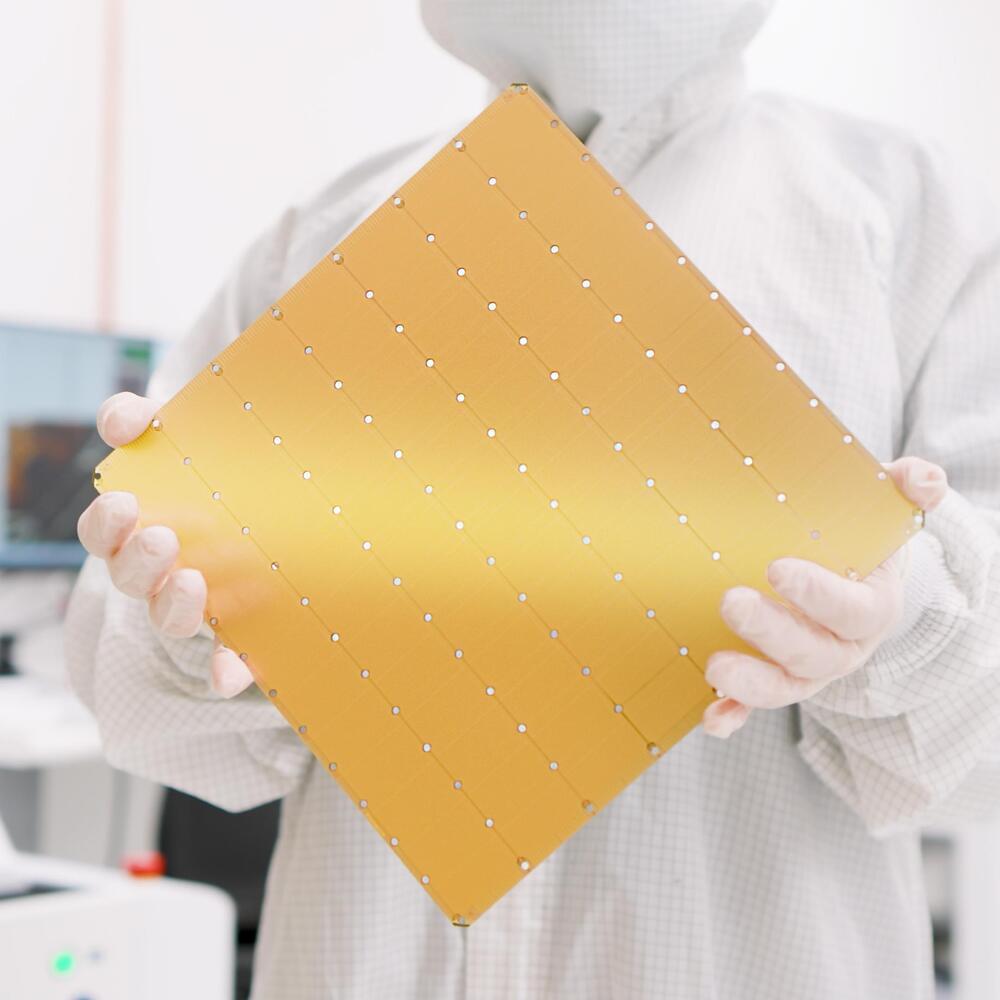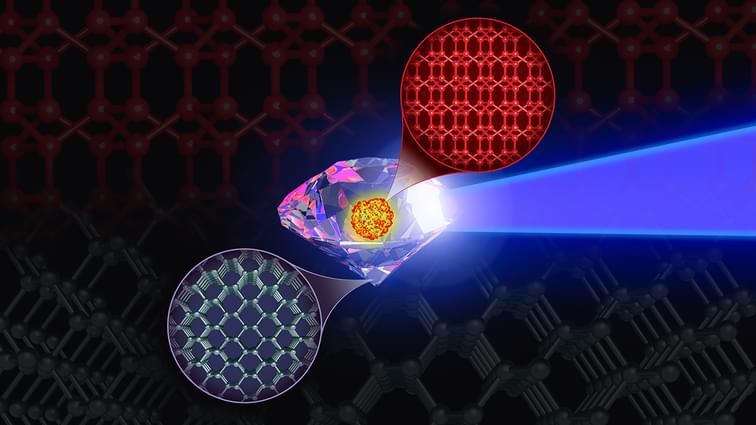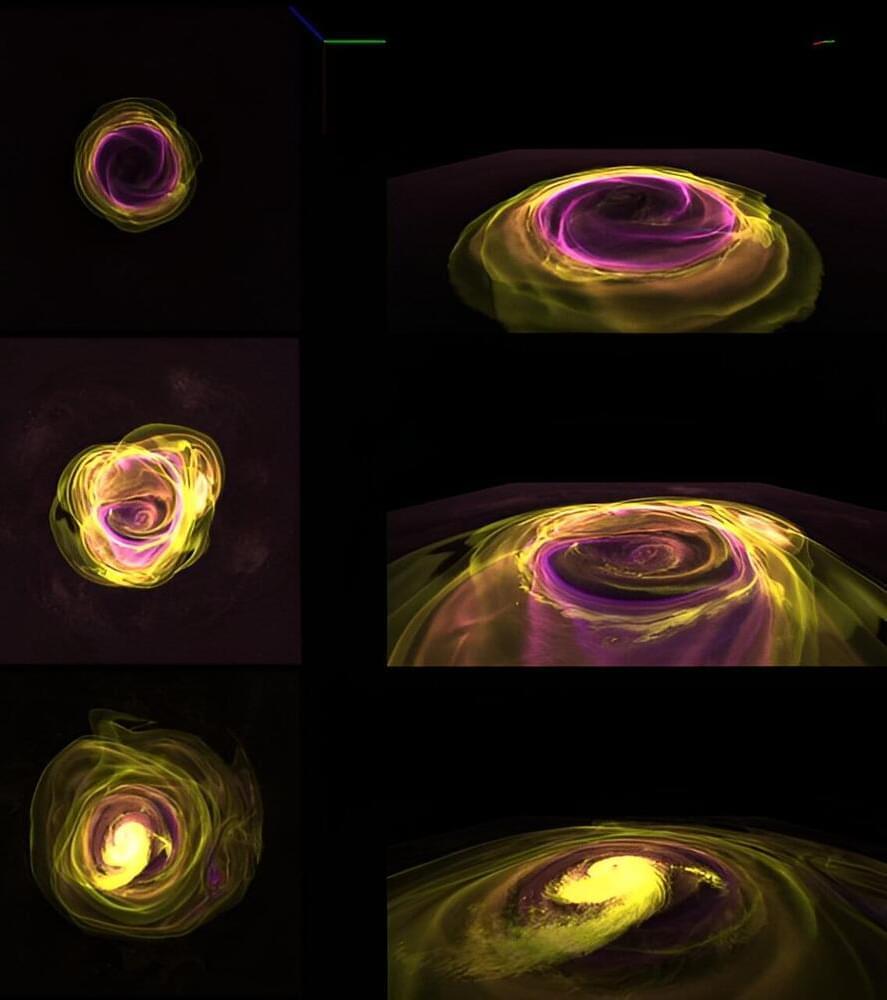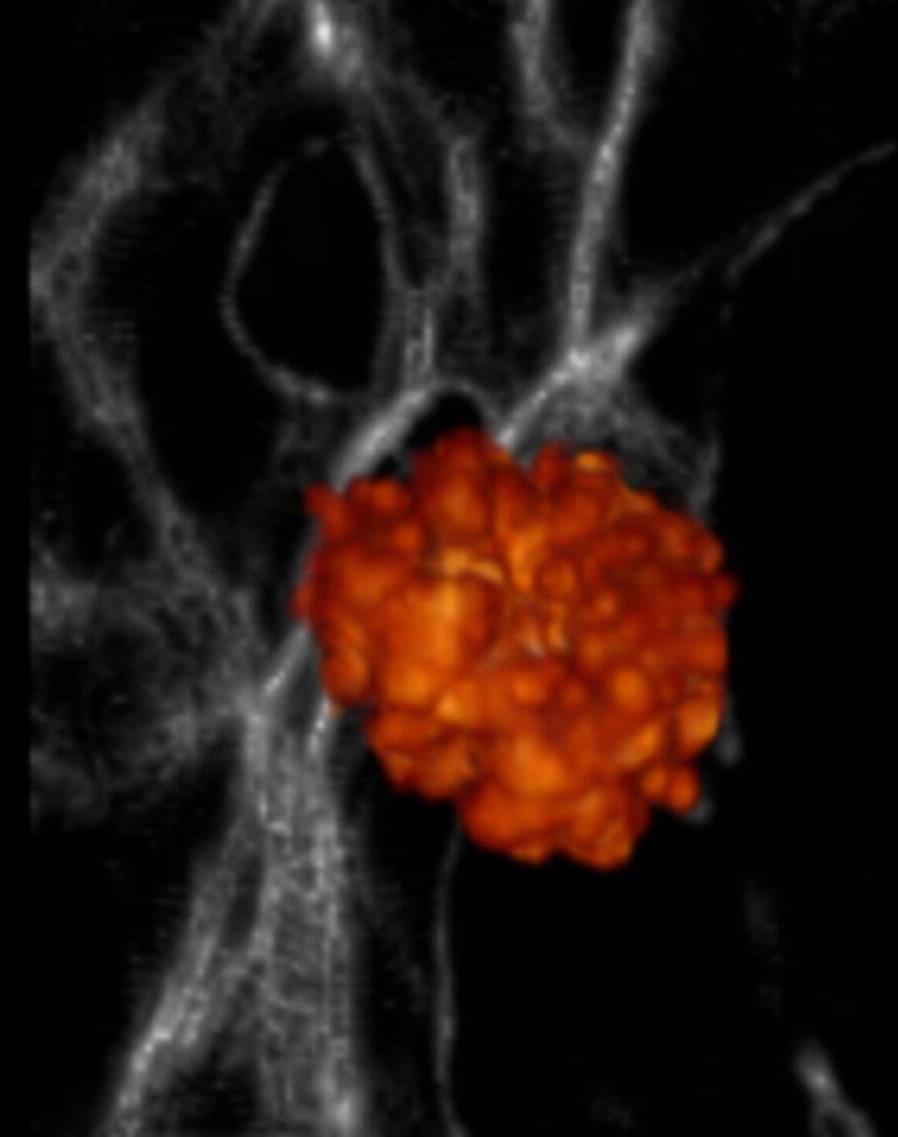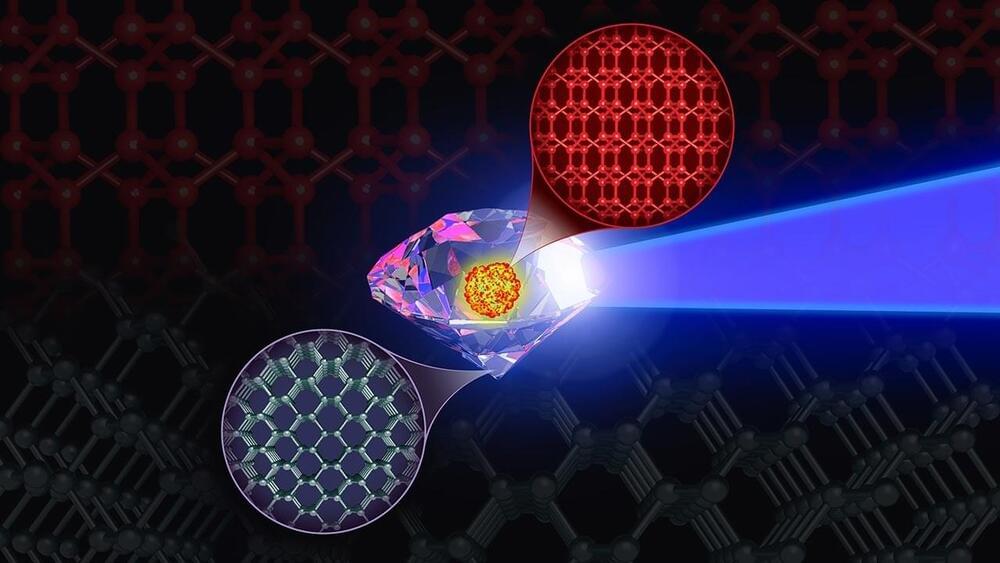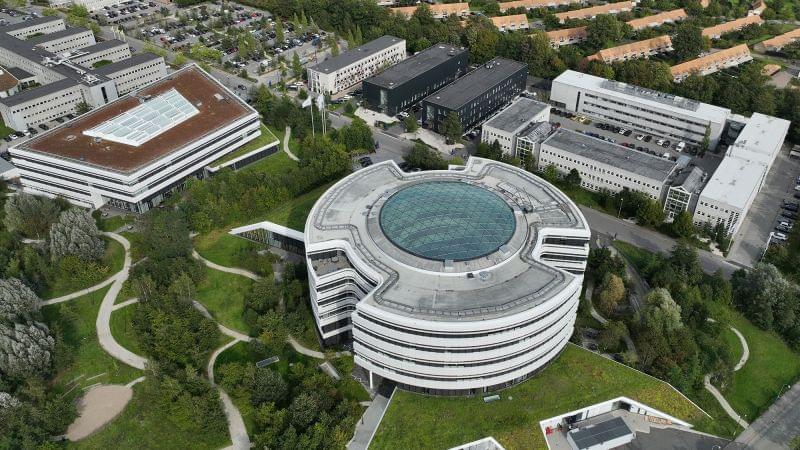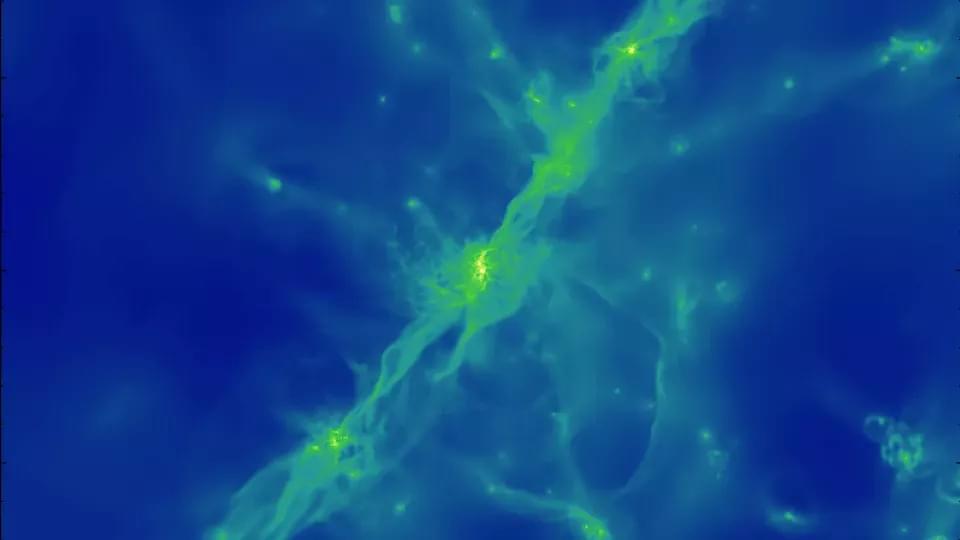Mar 24, 2024
Cerebras Systems Unveils World’s Fastest AI Chip with Whopping 4 Trillion Transistors
Posted by Quinn Sena in categories: robotics/AI, supercomputing
Third Generation 5 nm Wafer Scale Engine (WSE-3) Powers Industry’s Most Scalable AI Supercomputers, Up To 256 exaFLOPs via 2048 Nodes.
SUNNYVALE, CALIFORNIA – March 13,202 4 – Cerebras Systems, the pioneer in accelerating generative AI, has doubled down on its existing world record of fastest AI chip with the introduction of the Wafer Scale Engine 3. The WSE-3 delivers twice the performance of the previous record-holder, the Cerebr as WSE-2, at the same power draw and for the same price. Purpose built for training the industry’s largest AI models, the 5nm-based, 4 trillion transistor WSE-3 powers the Cerebras CS-3 AI supercomputer, delivering 125 petaflops of peak AI perform ance through 900,000 AI optimized compute cores.
Key Specs:
